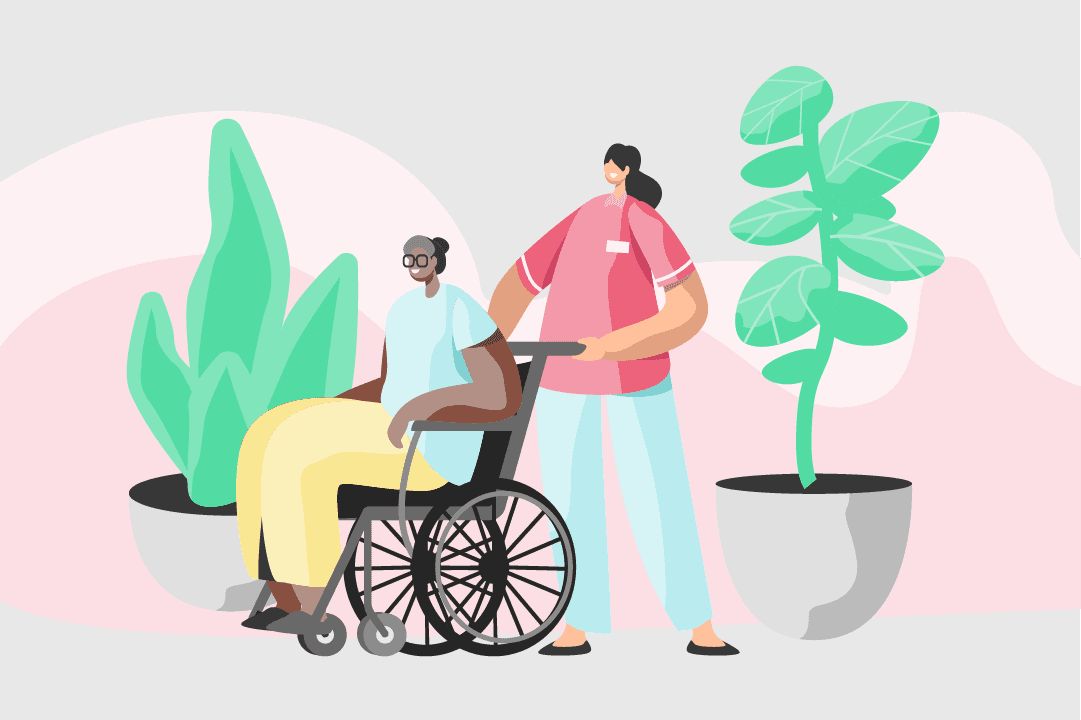Occupational Therapy Specialities for Every Passion

An occupational therapist is an allied health professional who aims to help their patient reconnect with their occupations and improve their function to fulfil their daily activities.
An occupation in this context can range from interests to hobbies to roles. OT is a practice that can branch off into many different specialities. The eligibility requirements for any of these specialties is a master’s degree in occupational therapy and subsequently, board certification.
If you’re looking into how to become an occupational therapist, here are seven popular occupational therapy specialties you can pursue a career in.
1. Gerontology
One of the areas occupational therapists work in is in aged care, which involves helping elderly people fulfil their goals, which often includes helping them remain home, preventing falls and supporting them with daily tasks they may struggle with. Because of the demand in this area, it is considered to be one of the largest practice areas of occupational therapy. Elderly people, in particular, need help with their ADLs, or Activities of Daily Living. This includes tasks like walking, toileting, bathing, transferring, etc. How much help they need can vary from person to person. Some clients only need reminders, while others might be dependent on their therapist to complete the task.
They can work in hospitals, nursing homes and outpatient rehabilitation centres.
2. Physical Rehabilitation
These types of occupational therapists support patients who have a physical disability, injury or illness that has led to limitations on their performance capacity, which can include brain injury, cerebral palsy or people with low vision. It is a very broad field of occupational therapy. This type of client-centred practice aims to improve their performance in their everyday activities. An occupational therapist in this area is often an assistive technology professional, providing them with aids or other pieces of equipment to enable them in their occupations. Another type of intervention that they often consider is providing their clients with exercises to increase their physical capabilities or to help them with pain management.
3. Mental Health
Occupational therapy has its roots in treating mental illness. They work to support patients with mental health issues by assessing them and providing them with the proper interventions. They are required to understand how mental illness affects an individual’s developmental trajectory and consequently, their occupations. Their duties involve listening to their patient, teaching them about their condition, and finding appropriate interventions which align with their recovery goals. For example, a common issue that patients report is social isolation. One of the interventions a mental health occupational therapist can suggest in this situation is a group program that will help them reintegrate into the community.
A mental health occupational therapist can work in a home setting, private practice or at a hospital.
4. Paediatrics
Paediatrics is all about helping children learn how to adjust to their issues, whether it be physical, emotional or mental. OTs can teach them how to play, write and other critical activities involved in their development, and work with parents and other caregivers to provide the child with the support to teach them the necessary skills. OTs in this area usually support children who have physical and mental disabilities, especially children who are on the autism spectrum.
The locations they usually work in are in childcare programs, schools, hospitals and in the home.
5. Hand Therapy
While occupational therapists can work with a variety of people with physical disabilities, some can solely focus on the upper extremities. A certified hand therapist works with people whose hands have been affected by a condition or a disease.
This is a particularly specialised area in occupational therapy. Not only do therapists have to be certified, they also have to complete a minimum of 4,000 hours of direct experience.
6. Driving and Community Mobility
In this speciality, occupational therapists aim to help their client navigate around their community. A mobility specialist often assesses their patient to ensure that they are fit to drive and teaches them how to use the relevant assistive aids. If driving is not an option, then an OT may collaborate with their client to help them with using public transportation. This may include walking them to bus stops/train stations, helping them plan their trip and holding traffic safety programs for people with disabilities. Your clients may also need help walking around their local community as well, so you may also need to advise them on what the best routes are if necessary.
These types of occupational therapists can work in offices, homes and in-home healthcare.
7. Environmental Modification
If an individual with a disability needs help navigating safely around their home environment, modifications may be in order. An OT specialised in this area can assess a home and help organise the installation of the necessary safety aids, such as grab rails and ramps. They aim to increase participation, safety and accessibility in their client’s environments.
While home modifications are common in this area, it’s not the only place where changes are made. Environmental modification can also include changes in a patient’s work, school and community.
The field of occupational therapy is an incredibly diverse one, with career opportunities for anyone’s passion. If you’re interested in diving into an occupational therapy career quickly, learn more about completing an occupational therapy assistant (OTA) course.


